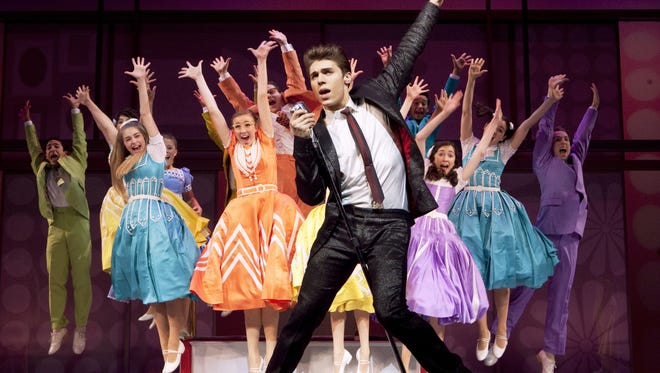
8 Household Objects Used for Symbolism in the Theatre
When it comes to theatre, every detail counts. From the lighting to the costumes, each element is carefully chosen to create a certain mood or convey a specific message. One of the most powerful tools in a playwright’s arsenal is the use of symbolism. And sometimes, the most powerful symbols can be found in the most mundane household objects.
Here are 8 household objects that are commonly used as symbols in the theatre.
Chairs
Chairs are a staple in every household, but on the stage, they can take on a whole new meaning. A chair can represent power, authority, or comfort. It can also symbolize a specific character or create a setting. In Arthur Miller’s classic play “Death of a Salesman,” the main character Willy Loman’s chair symbolizes his fading career and his inability to support his family.
Mirrors
Mirrors are often used in the theatre to represent introspection or reflection. They can be used to convey a character’s inner thoughts or create a sense of self-reflection in the audience. In Tennessee Williams’ “The Glass Menagerie,” the character Laura is often seen looking into a mirror, symbolizing her insecurity and her inability to see herself as she truly is.
Tables
Tables are another household object that can be used for symbolism on the stage. They can represent family gatherings, business meetings, or romantic dinners. They can also symbolize a character’s social status or create a specific setting. In August Wilson’s play “Fences,” the family dinner table is a central symbol that represents the family’s struggles and tensions.
Curtains
Curtains are an iconic part of theatre, but they can also be used for symbolism. They can represent the beginning or end of a performance, create a sense of mystery or anticipation, or symbolize a character’s desire for privacy. In Henrik Ibsen’s “A Doll’s House,” the closing of the door and the drawing of the curtains represent the main character Nora’s departure from her oppressive life and her journey to self-discovery.
Rugs
Rugs are a common household object that can be used to represent a character’s personality or style. They can also create a specific setting or symbolize warmth and comfort. In Edward Albee’s “Who’s Afraid of Virginia Woolf?” the worn and tattered rug in the main characters’ home represents the decay of their marriage and their broken dreams.
Clocks
Clocks are often used to create a sense of urgency or represent the passage of time. They can be used to indicate a character’s deadline or symbolize the inevitability of death. In Samuel Beckett’s “Waiting for Godot,” the character Vladimir’s obsession with the time symbolizes his fear of death and the uncertainty of the future.
Doors
Doors can create a sense of mystery or anticipation and represent the boundaries between different worlds or spaces. They can also symbolize a character’s desire for escape or their fear of the unknown. In William Shakespeare’s “Hamlet,” the castle gates represent the divide between the living and the dead and the main character’s journey to revenge.
Windows
Windows can create a sense of openness or freedom and represent a character’s desire for a better life. They can also symbolize the passage of time or create a sense of nostalgia. In Lorraine Hansberry’s “A Raisin in the Sun,” the window in the Younger family’s apartment represents their dreams for a better life and their struggle to achieve them.
These ordinary objects can be transformed into powerful metaphors that speak to the human experience. Whether it’s a chair representing authority, a mirror representing introspection, or a rug representing decay, each object has the potential to create a profound impact on the audience. As we continue to explore the nuances of symbolism in theatre, it’s clear that these everyday objects will continue to be valuable tools for playwrights and theatre-makers alike.






